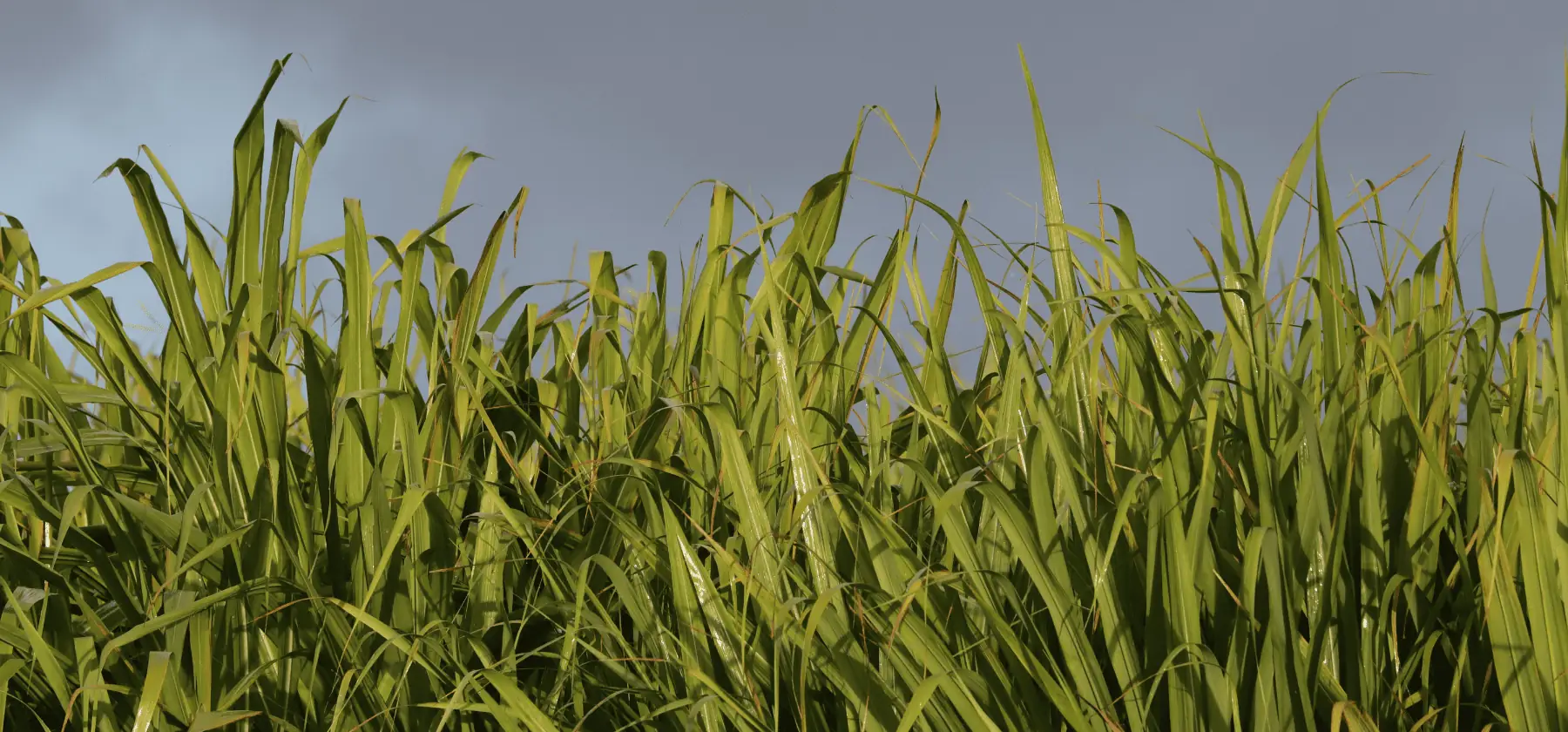The sugar market has experienced a significant surge, with sugar 11 prices reaching 24.39 cents per pound, marking a substantial 38.58% increase compared to last year. The tight global supplies have contributed to this price hike. Disappointing cane yields in India led to a decrease in production from 36 million metric tons (MMT) to almost 33 MMT. As a result, Indian exports also dropped from 11-12 MMT to 6 MMT compared to the previous crop year.
Small tip in between: Our sugar calculators, available for free usage, are ideal for figuring out the import parity for raw sugar.
Recently, the Indian Sugar Mills Association (ISMA) released preliminary estimates indicating a marginal 0.24% year-on-year decrease in total sugar production (before ethanol diversion) at 36.18 million tonnes compared to 36.9 million tonnes in the previous year. The net sugar production, after diversion, is expected to be around 31.68 MMT, reflecting a drop of 3.4% compared to the 2022/23 season. The modest 1.4% increase in acreage failed to compensate for lower yields, resulting in this disappointing forecast.
A crucial element adding to the market’s uncertainty is the projected 10% increase in ethanol diversion, expected to reach 4.5 million metric tons (MMT). However, this figure falls short of market expectations, impacting the surplus projections compared to the previous year. As a consequence, India’s sugar exports are anticipated to decrease from 6 MMT to a range of 3 to 4 MMT, further influencing the upward pressure on global sugar prices. ISMA’s estimated consumption numbers are projected to be around 27.5 MMT, leaving a mere surplus of 4.2 MMT in the market.
While the initial market response to India’s forthcoming sugar production estimates remained subdued as it is closely aligned with preliminary figures, short-term price dynamics may be influenced by external factors, particularly the performance of the monsoon and the export quotas policy. Any deviation from expectations in these aspects could trigger notable price reactions, prompting industry participants to remain alert and closely monitor unfolding developments.
Moreover, the implementation of the Ethanol Blended Petrol (EBP) Programme, aimed at achieving a 20% blending of ethanol in petrol (E20) by 2025, could have a longer-term impact on sugar prices. The diversion of sugar to ethanol is expected to increase significantly, potentially affecting the availability of sugar and leading to reduced export availability in the upcoming crop. In such a scenario, Brazil’s production figures may play a crucial role in offsetting the shortage, depending on the size of the production decline in India.
In conclusion, India’s sugar market is at a critical juncture, with the forthcoming monsoon holding the key to potentially alleviating supply woes. As industry stakeholders closely monitor external factors and policy shifts, the market’s sensitivity to any surprises remains high.
Start exploring more news and data on the global sugar market on Vesper.
